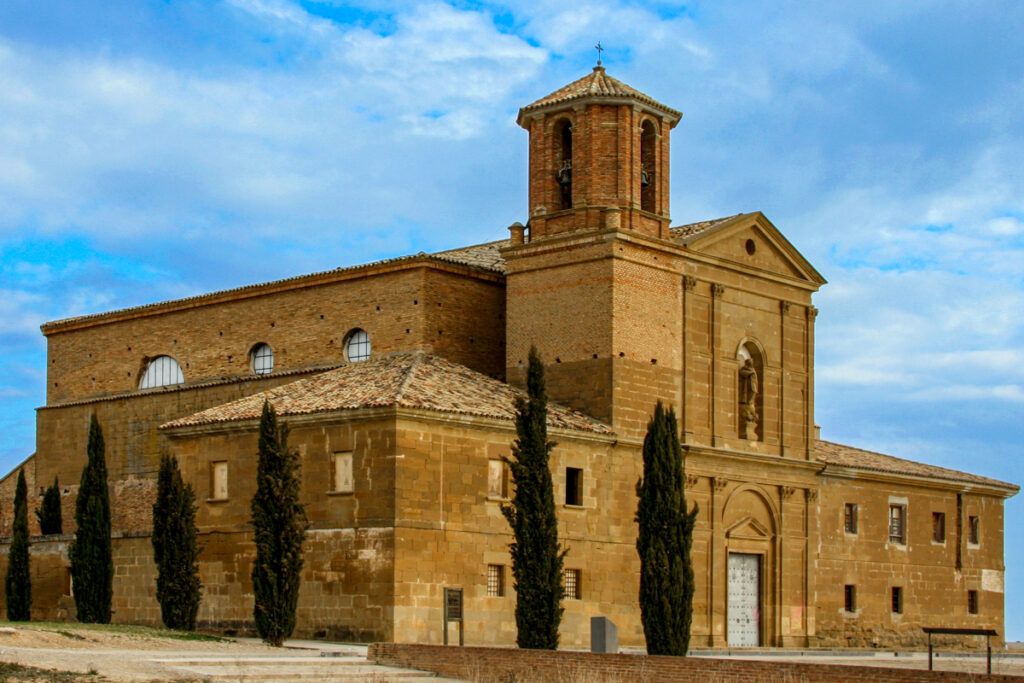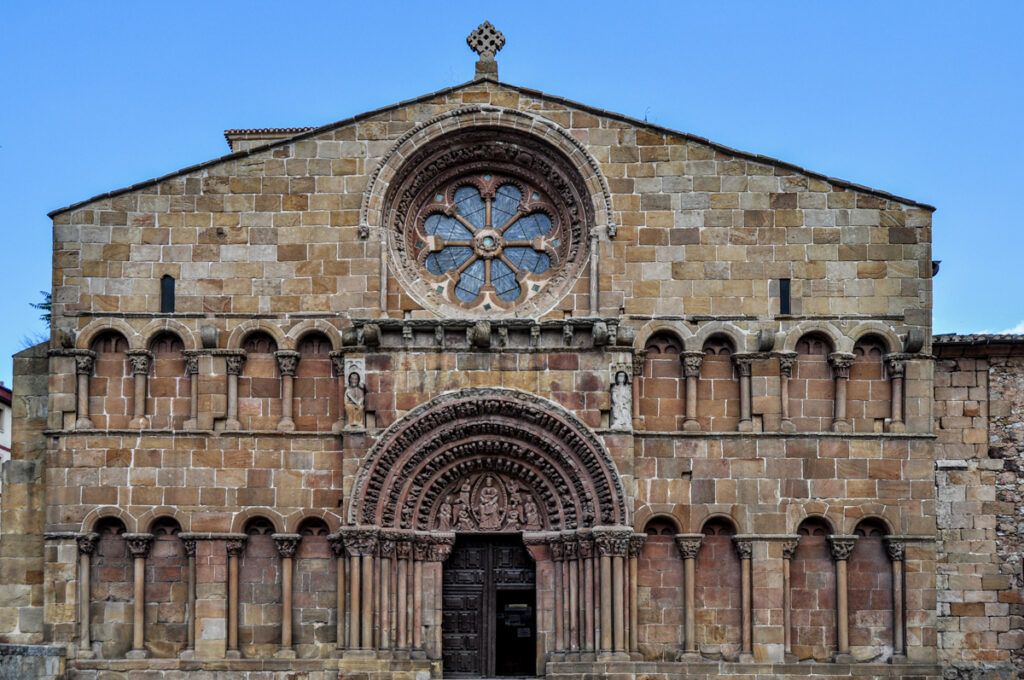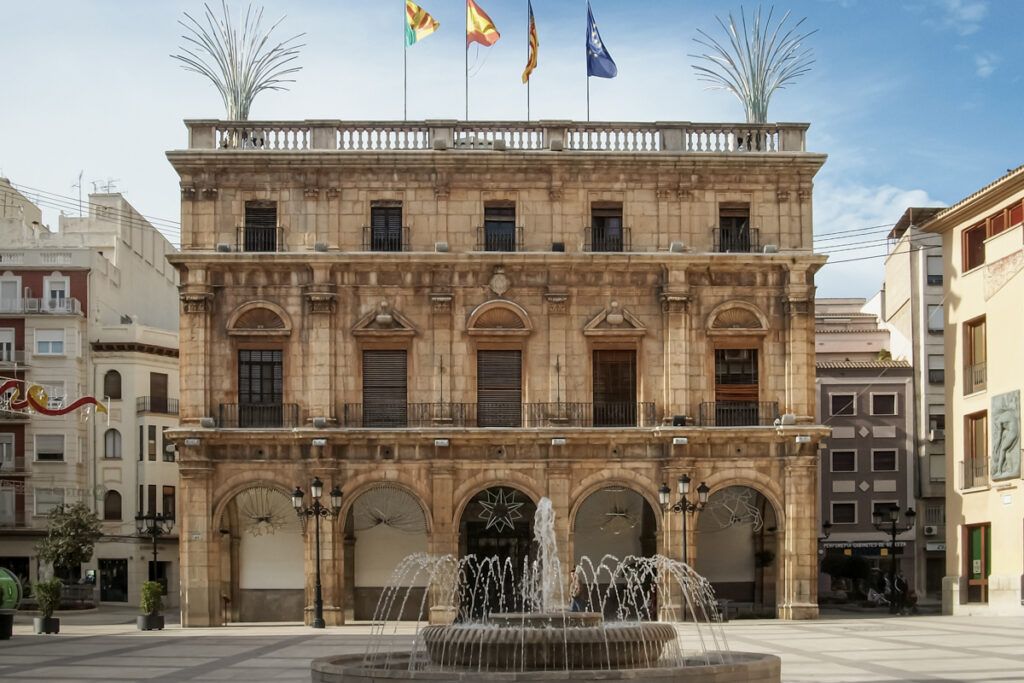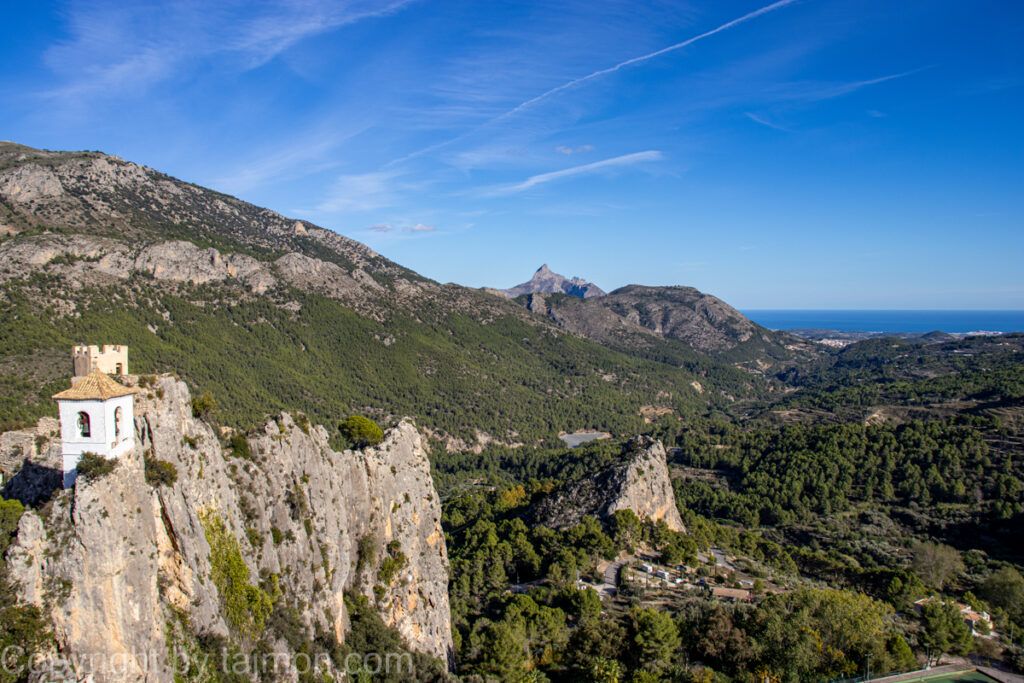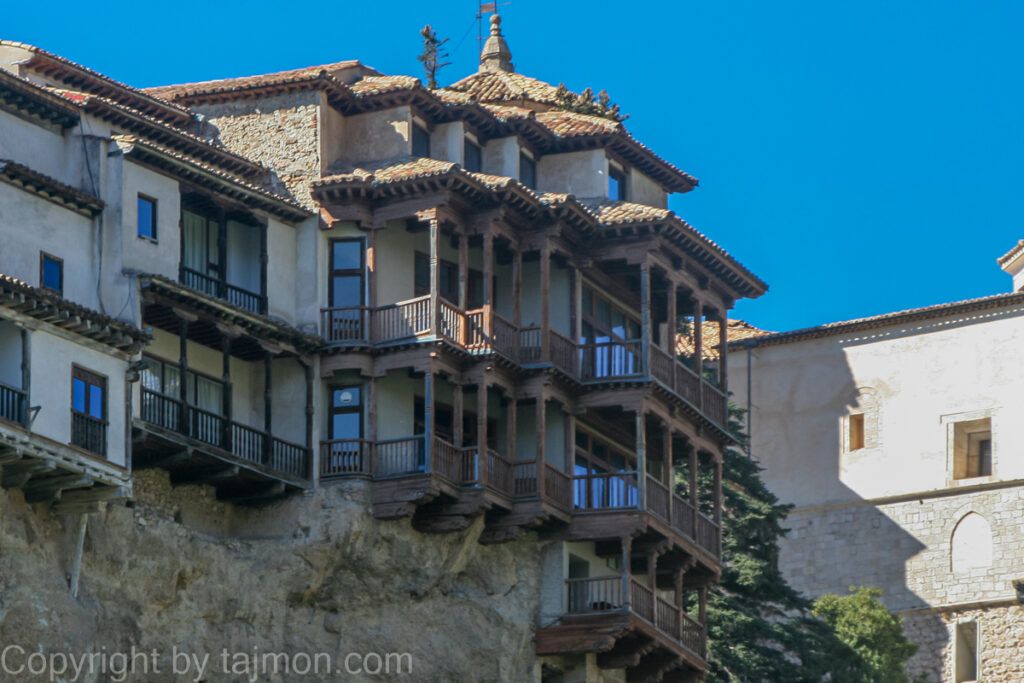Catedral de Santa María de Mediavilla
The Catedral de Santa María de Mediavilla is one of the most beautiful and characteristic examples of Mudéjar art in Spain, and also one of the few Spanish cathedrals, alongside the cathedral in Tarazona, built in this style. This cathedral is recognized as a BIC (Bien de Interés Cultural), or Cultural Heritage, and is part of the ensemble of Mudéjar monuments in Teruel and Zaragoza, inscribed on the UNESCO World Heritage List in 1986.
This cathedral has its origins in the church of Santa María de Mediavilla, which began to be built in the Romanesque style in 1171 and was completed with the erection of the Mudéjar tower in 1257. In the second half of the 13th century, the Mudéjar builder Juzaff, remodeled the old Romanesque building and gave the church three Mudéjar naves of stone and brick, which improved and raised the Romanesque structure from the 12th century.
In the same Gothic-Mudéjar style, already in the 14th century, the Romanesque apses were replaced by others, as can be seen in the main chapel. In this way, the number of supports was halved, giving greater clarity and space to the naves with pointed arches. Also, the walls were raised. In 1423, already with the Mudéjar appearance, with which we fundamentally know the current church, the Aragonese pope Benedict XIII, called the “Moon Pope”, raised it to the rank of a collegiate church. In the Plateresque-Mudéjar style, in 1538, the dome of the main nave was built, the work of Martín de Montalbán.
It was built on an octagonal plan on tromps and has double-arched windows on the outside with Plateresque decorations. In 1587, with the creation of the diocese of Teruel, it was promoted to the rank of a cathedral and consecrated as such. Finally, in 1909, the construction of the facade in the neo-Mudéjar style was undertaken, the work of Pablo Monguió.
The cathedral tower is the most outstanding element of the ensemble. It consists of three floors, the lower two are built in the Mudéjar style, and the upper one in the neoclassical style. The first floor is square in shape and is decorated with a band of teeth and pointed arch windows with interesting motifs on the sides.
The second floor is octagonal in shape and is richly decorated with arcades, teeth, and columns of ladrillo aplantillado, or template-formed brick. On the corners of the tower, there are also crosses with many arms, forming diamonds and circles. The third floor is open on all sides with semicircular windows and topped with a pyramidal helmet.
Inside the cathedral, it is worth paying attention to the ceiling, which is a true masterpiece of Mudéjar art. Its abundant decoration consists of geometric, heraldic, plant, epigraphic, and figurative motifs (professions, religious, kings, queens, knights, nobility, saints, etc.), creating a true encyclopedia of medieval life. It is undoubtedly the most beautiful Mudéjar ceiling of painted wood and is considered the “Sistine Chapel of Mudéjar”. The ceiling has been a National Monument since March 10, 1911, and the entire building since June 3, 1931.
The Catedral de Santa María de Mediavilla is therefore a church with a rich history and charm, which is worth visiting during your stay in Teruel. This church is a witness to the changes that have occurred in the art and culture of this region over the centuries, and it preserves treasures that deserve admiration and respect.

